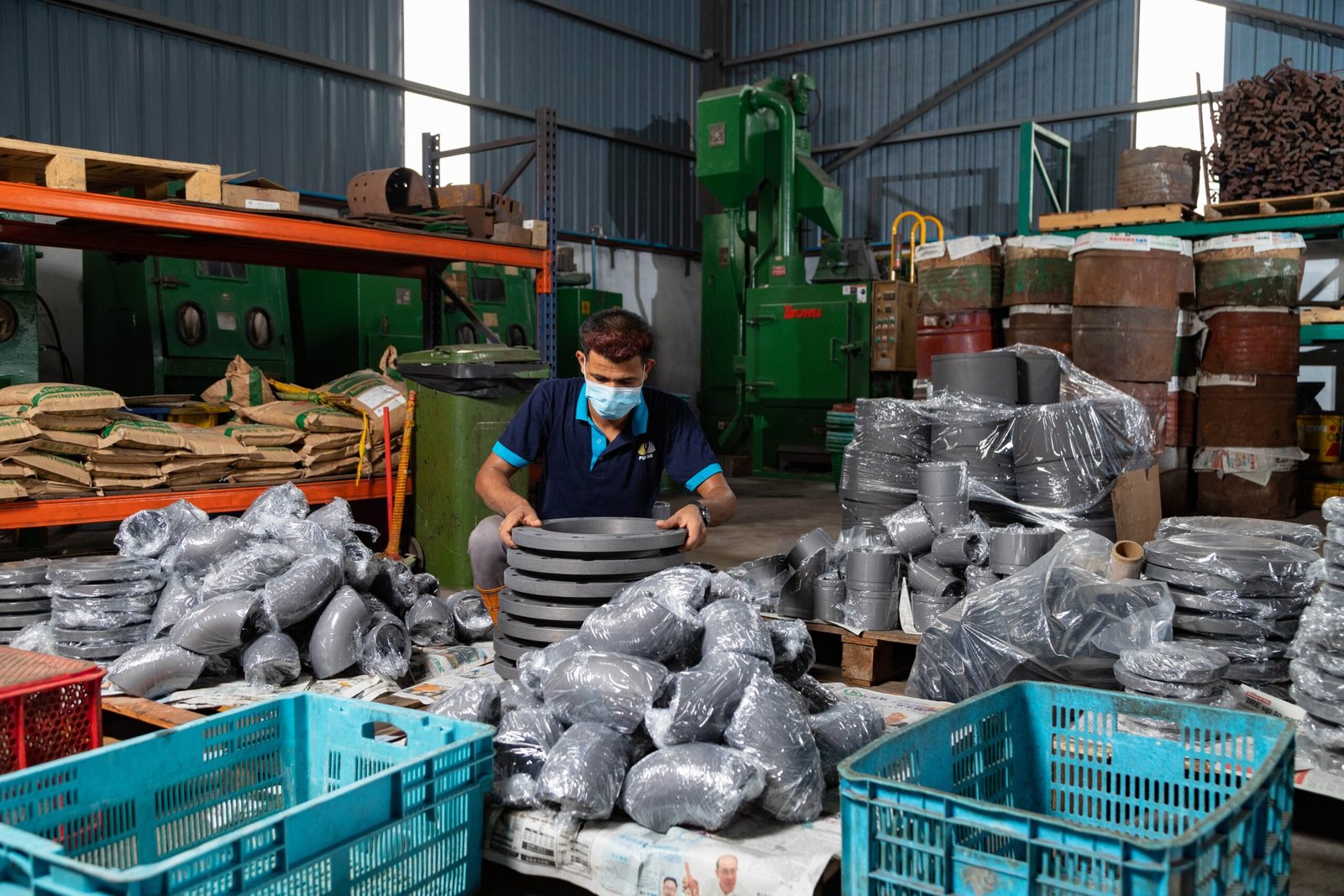
What is Phosphating?
Phosphating is a chemical treatment process that applies a layer of phosphate crystals to the surface of metal components, typically steel or iron. The process involves immersing the metal in a phosphoric acid solution, which reacts with the surface to form a thin, protective phosphate coating. This coating provides several benefits, including improved corrosion resistance, enhanced paint adhesion, and a reduction in friction for moving parts. Phosphating is commonly used as a pre-treatment for further coatings, such as paint or powder coating, to improve the durability of the finish. This process is particularly effective in automotive, construction, and industrial manufacturing, where parts are exposed to harsh environments and need additional protection.
FAQs
Phosphating is less expensive and mainly used for paint adhesion and corrosion resistance, while electroplating provides a thicker, more decorative, and highly corrosion-resistant finish.
Modern phosphating processes are designed to minimize environmental impact, but proper waste treatment is essential.
While primarily for steel and iron, some specialized phosphating processes are compatible with aluminum alloys.
Coating thickness usually ranges from 5 to 20 microns, depending on the process and application.
The main types are zinc, manganese, and iron phosphating, each with specific benefits for corrosion resistance, lubrication, or paint adhesion.
Application Of Phosphating
Phosphating is used to prepare metal surfaces for subsequent coatings or painting and to improve corrosion resistance.
Enquire about our services
